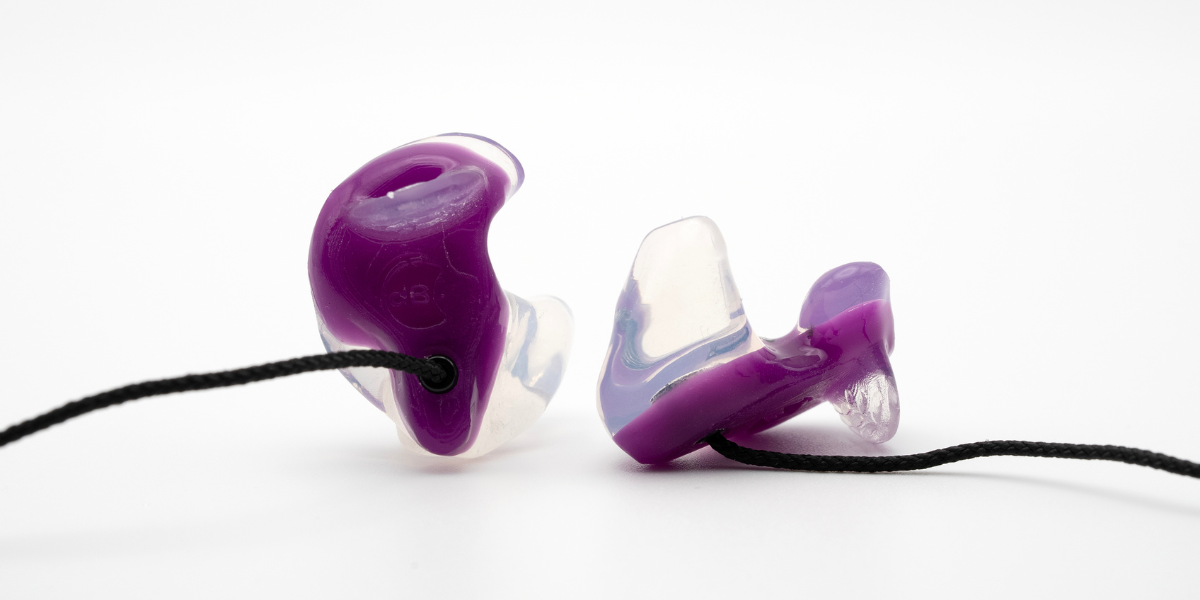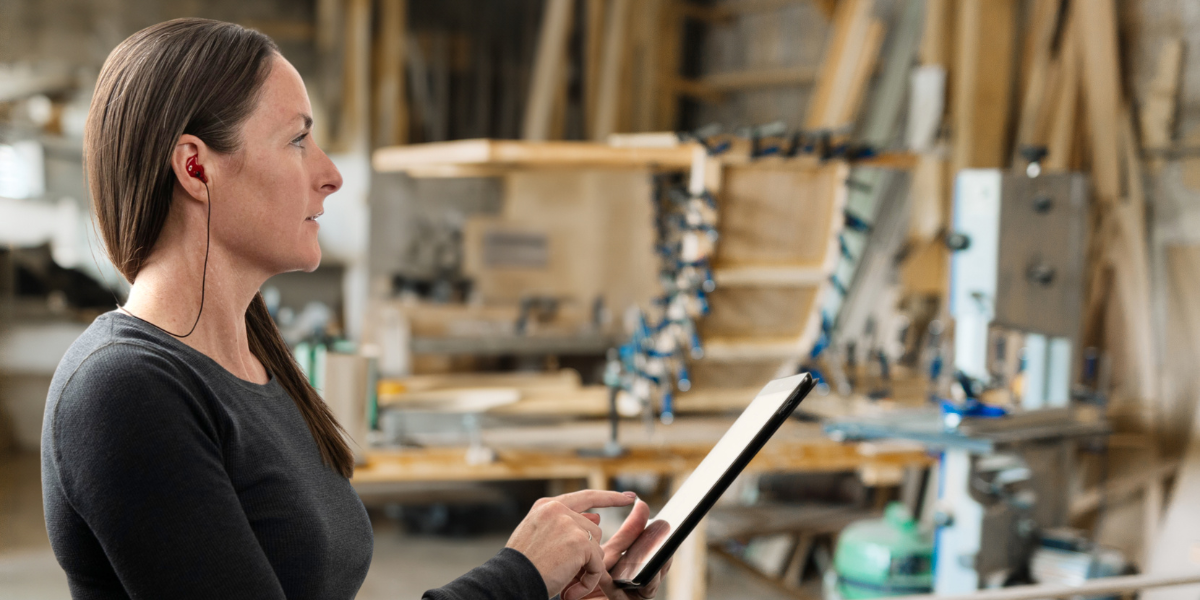At Custom Protect Ear, your hearing health is our priority.
We’re committed to promoting practicing and teaching proper hearing health care. To support you, we’ve compiled valuable tips for developing effective hearing conservation programs that you can use as a guide when creating your own

AHearing Conservation (Standards & Programs)
CSA Z1007-16 Standard: Hearing Protection Devices — Performance, Selection, Care, and Use
This is the first edition of CSA Z1007, Hearing Loss Prevention Program (HLPP) management.
This Standard sets out requirements for and provides comprehensive guidance on, the management of HLPPs designed to protect individuals exposed to occupational noise. This management system Standard is intended to serve as the basis for other CSA Group hearing conservation Standards. Once effective management for the HLPP is established using this standard, professionals involved in the HLPP can use detailed requirements and application guidelines in those other standards to specify equipment and processes to be incorporated into the HLPP. Download the CSA Z1007 - 16 Standard.
Council for Accreditation in Occupational Hearing Conservation – CAOHC
- The Council for Accreditation in Occupational Hearing Conservation (CAOHC) is a guiding entity of occupational hearing conservation in the United States and across the globe. The main objective of CAOHC is to educate, inform, and guide the industry and those serving the industry on the successful implementation of occupational hearing conservation programs and prevention of occupational hearing loss. The CAOHC Council develops certification training, educational resources, professional guidelines and standards of practice for those overseeing hearing conservation programs (see the list below with links).
Representatives making up CAOHC
- American Academy of Audiology (AAA)
- American Academy of Otolaryngology-Head and Neck Surgery (AAO-HNS)
- American Association of Occupational Health Nurses (AAOHN)
- American College of Occupational and Environmental Medicine (ACOEM)
- American Industrial Hygiene Association (AIHA)
- American Society of Safety Professionals (ASSP)
- American Speech-Language-Hearing Association (ASHA)
- Institute of Noise Control Engineering (INCE)
- Military Audiology Association (MAA)
Occupational Safety and Health Administration (OSHA)
OSHA's mission is to ensure safe and healthy working conditions for America's workforce, free from unlawful retaliation. OSHA achieves this by setting and enforcing safety standards, upholding anti-retaliation protections under the OSH Act and federal whistleblower laws, offering training and education, and ensuring state programs meet or exceed federal OSHA standards, promoting a unified national system of worker safety
According to OSHA, an occupational HCP consists of these elements:
- Noise measurement
- Noise control
- Audiometric testing
- Hearing protection
- Employee education and training
- Record keeping
National Hearing Conservation Association (NHCA)
The NHCA's mission is to prevent hearing loss due to noise and other environmental factors in all sectors of society.
The NHCA is a dedicated group of hearing conservation experts committed to preventing hearing loss. Their members include occupational and clinical audiologists, industrial hygienists, acoustic engineers, technicians, occupational health professionals, military personnel, researchers, and more—all united by a shared passion for hearing conservation.
National Institute for Occupational Safety and Health (NIOSH)
The National Institute for Occupational Safety and Health (NIOSH) was established under the Occupational Safety and Health Act of 1970 to ensure safe and healthy working conditions for all. As a research-focused institute, NIOSH generates new knowledge in worker safety and health, helping employers and workers create safer workplaces. With over 1,300 employees across various fields, including epidemiology, medicine, industrial hygiene, and safety, NIOSH is dedicated to preserving human resources and improving occupational health nationwide.
Hearing Protection Classes
Hearing protection devices are categorized into three classes based on their Noise Reduction Rating (NRR):
- Class A: Devices with an NRR of 24 or higher, suitable for high-noise environments.
- Class B: Devices with an NRR of at least 17, designed for moderate noise levels.
- Class C: Devices with an NRR below 17, typically used in lower noise conditions.
The higher the noise level, the higher the recommended protection class. This helps ensure workers are properly protected based on the environment they are working in.
Protect Your Workforce with dB Blockers®
Explore our wealth of knowledge and resources on hearing protection. Let us help you eliminate noise-induced hearing loss in your company with custom-fit dB Blockers® that exceed industry standards.
Contact us today for a consultation with one of our industrial hearing protection specialists.





